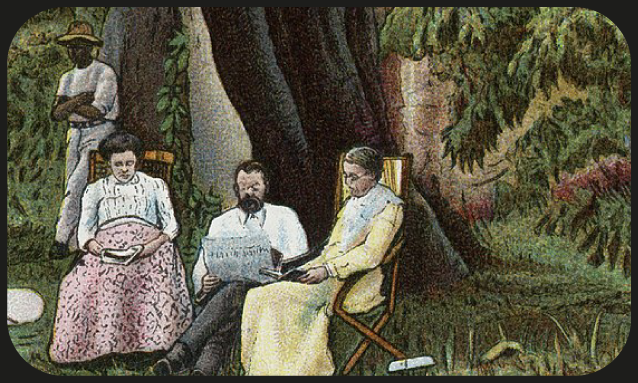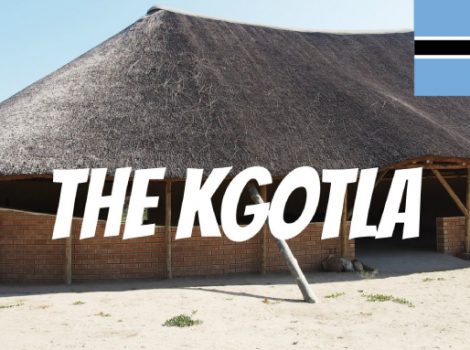
Around the time that his caravan of ox-wagons rolled onto Kgwakgwe in 1824, Robert Moffat had developed a really strong “tshele” (snark) game. Resultantly, his written work has sections where he describes black communities that he encountered in really snarky terms. While he does the same thing with Bangwaketse, he was at least gracious enough to acknowledge the beauty that he saw in a capital established by the legendary Kgosi Makaba II.
“Their premises and houses were on a plan rather different from what I had seen before,” the Scottish missionary writes in his seminal “Missionary Labours and Scenes in Southern Africa,” published in 1842.
“The houses, though not larger than those of the Batlapis, were built with greater regard to taste and comfort. The accuracy with which the circles were formed, and perpendiculars raised, though guided only by the eye, was surprising. Their outer yards and house floors were very clean and smooth as paper. No dairy-maid in England could keep her wooden bowl cleaner and whiter than theirs.”
At Makaba’s encouragement, Moffat then relapses into retailing mean “tshele” about “Batlapis” – Batlhaping, a Barolong-origin tribe that the Bangwaketse Kgosi hated with a passion. More interesting to us is Moffat’s description of Kgwakgwe’s beauty and what that means for the present. The above passage describes industry, perfectionism, first-class artistry and cleanliness that are part of Bangwaketse’s cultural heritage. At least at a rhetorical level, there is talk of reclaiming a glorious past that Botswana communities lost when Moffat & Co. came around.
We can’t recreate that past but Makaba’s Kgwakgwe provides more than adequate inspiration for not just today’s Bangwaketse but everybody else to design aesthetically-pleasing environs as well as adopt practices that can enhance public health and food hygiene. In one of his conversations with Moffat, Makaba made derisive mention of “mangled bodies of flies, in a dish which has had no better cleaning than the tongue of a dog.” Honouring Makaba’s memory takes way more than naming a primary school in Kanye after him. One aspect of the substantive version is keeping outer yards and house floors very clean and smooth as paper as well as the present-day equivalent of wooden bowls cleaner and whiter than anyone in England can.
Where we are right now (donning traditional attire on a Saturday morning and spending all day at a cultural festival watching traditional dance performances in between sampling a variety of traditional delicacies) will certainly not help in reclaiming a glorious past and honouring its handmaidens.
Source: Culture Botswana 2.0 Facebook page / About Culture Botswana 2.0
A unique nation-building tool, Culture Botswana 2.0 champions cultural diversity, inclusion, equality and visibility through indigenous-culture journalism that documents and dignifies all of Botswana’s indigenous cultures.



